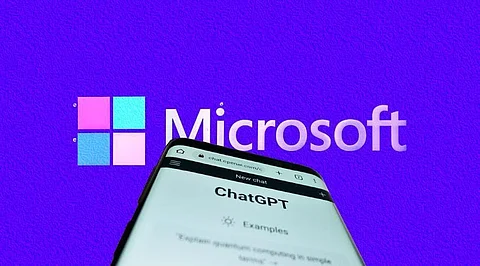

A part of the Microsoft Power Platform, Power BI is an interactive data visualization software that is designed for business intelligence purposes. Power BI comprises a suite of software services, applications, and connectors that collaborate to transform diverse data sources into both static and interactive visual representations. It supports a few data input methods that allow users to pull data directly from databases, webpages, PDFs, and file formats like spreadsheets (CSV, XLSX), XML, JSON, and SharePoint. Power BI can translate data into visually compelling charts, graphs, and dashboards.
Power BI helps data scientists to visualize and analyze data. When integrated with ChatGPT, Power BI allows non-technical users to directly communicate with Power BI data and extract insights. ChatGPT is a tool that can help data scientists not only in analysis but also in visualization and prediction tasks using natural language processing.
Following is the step-by-step process of leveraging ChatGPT within the Power BI environment:
You can access GPT-3 through its API by following the instructions provided on the OpenAI website. First you have to sign up for API access and obtain credentials and then integrate these into your code to interact with the GPT-3 model for natural language processing tasks.
Develop a chat interface within your Power BI and ensure that the interface can accept user input in natural language. The chat interface could be a custom visual or a separate application linked to Power BI.
After ensuring the chat interface, you can create a middleware, a script or an application that connects Power BI with the GPT-3 API. Then use the Power BI API to fetch and manipulate data as needed. After that you can send user queries from the chat interface to the GPT-3 API and receive responses.
Develop logic to interpret user queries in natural language and convert them into appropriate Power BI actions. Utilize the GPT-3 responses to generate meaningful insights or responses for the user.
It is crucial to protect confidential information from unauthorized access. To achieve that, first you need to ensure secure handling of API keys and sensitive data and then need to implement proper authentication mechanisms to protect your Power BI and GPT-3 interactions.
Test the integration thoroughly to identify and address any issues and then gather feedback from users to refine the chat interface and enhance the natural language processing capabilities.
Deploy the integrated solution into your Power BI environment and set up monitoring and logging to track user interactions and system performance.
